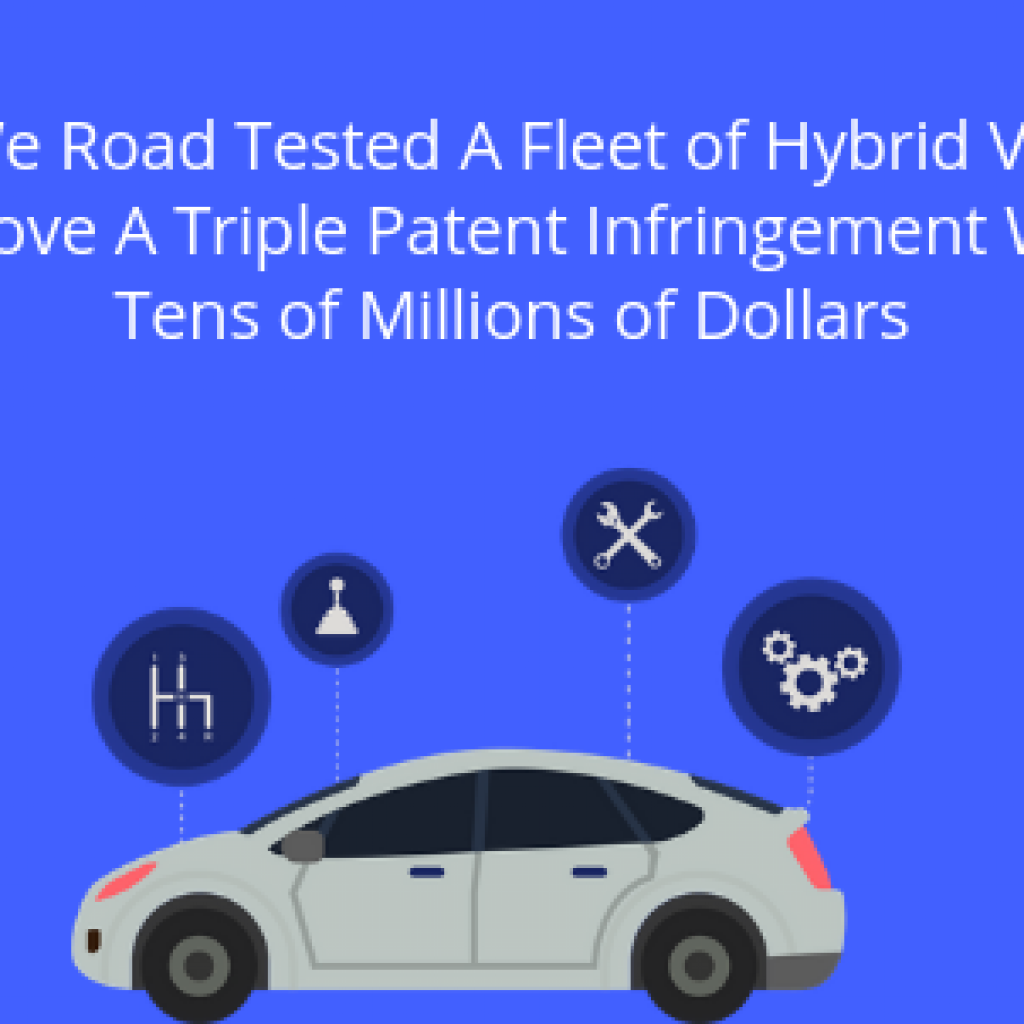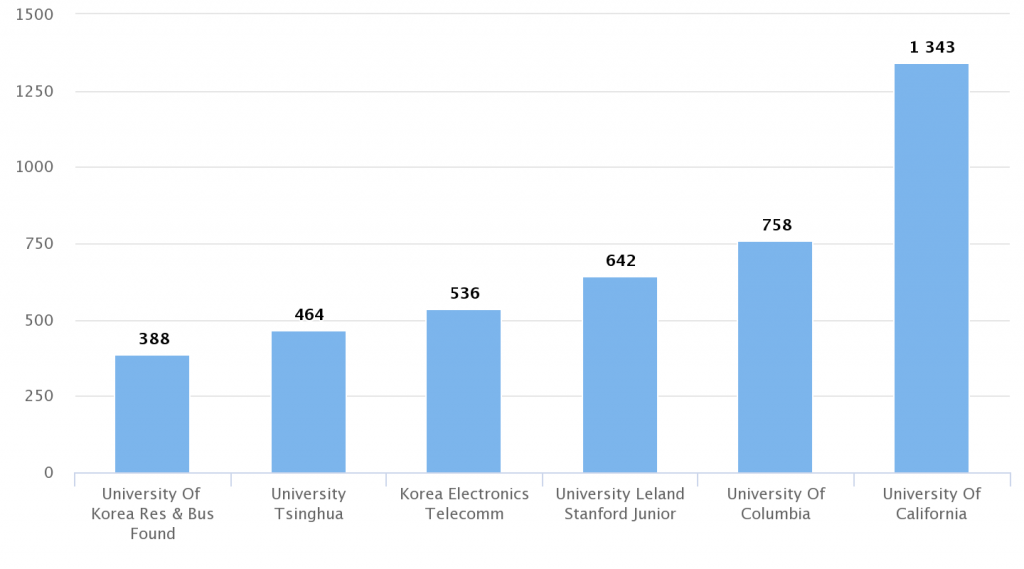Virtual Reality (VR) technology rapidly transforms how we experience the world, from immersive gaming to advanced training simulations. However, as with any burgeoning field, legal battles over intellectual property rights have become common in VR as well.
One interesting case is the ongoing patent infringement against Google’s VR headset filed by DDC Technology.
As experts in patent analysis, having come across this case and the popularity of the technology, we decided to delve deeper into the strength of DDC’s patent in the context of this legal dispute. By analyzing key claims and identifying potential weaknesses, we aim to provide insights into the patent’s validity and ability to hold up in court.
Join us as we explore the history of virtual reality technology, the legal battle between DDC Technology and Google, and the potential vulnerabilities of the US patent 9420075B2, with the support of our expert analysis.
How did DDC Technology enter the VR landscape?
DDC Technology, formed in Delaware in October 2018, acquired the asserted patents (US9811184B2, US10528199B2, US11093001B1, US11093000B2, and US9420075B2) from DODOcase, with Patrick Buckley being the sole inventor of the asserted patents.
Having such a strong portfolio linked to VR technology has eventually led to DDC Technology launching a litigation campaign against various companies, including Alphabet (Google), Emerge Technologies, HMD Tech, Landsberg Orora, Pyrite VR, and Structural Graphics.
A look at one of the asserted patents in this lawsuit against Google
One of the asserted patents centers around DDC’s US patent 9420075B2 for a “Head Mounted Display Apparatus for Retinal Scanning Display.”
The virtual reality ‘viewer’ disclosed in US9420075B2 consists of a housing that can receive a touchscreen mobile device and holds the mobile device in place for appropriate viewing and orientation. In simpler terms, it relates to a virtual reality headset that can be used with a touchscreen mobile device.
Here’s a pictorial representation of the virtual reality viewer with an input mechanism and electrical shield, as the patent describes-
Does US9420075B2 hold any weight in this lawsuit against Google?
For the detailed analysis of the patent and its potential vulnerability to infringement claims, we started by looking at the history of virtual reality technology. We traced it back to the 1960s when Ivan Sutherland created the first head-mounted display system called the “Sword of Damocles.“
Despite the early efforts, it wasn’t until the 1980s and 1990s that computer graphics technology began to advance rapidly, and companies like VPL Research started developing virtual reality systems for various applications. However, our interest in this history was to identify potential prior art that could challenge the validity of US9420075B2.
We then examined the emergence of low-cost VR viewers in the early 2010s, developed by companies such as Google, Samsung, and Oculus. Our analysis reveals that these companies have developed similar concepts to DDC Technology’s subject patent.
Specifically, we found that Oculus, which released its Oculus Rift headset in 2014, lacked an input mechanism, a feature that US9420075B2 covers. However, TechCrunch noted in a review that a basic input mechanism could improve the user experience.
We also identified other companies, such as Sixense and Google, that developed the STEM System and Google Cardboard, which offered affordable and easy-to-use VR viewers. Our research led us to forums and review sites, including YouTube and Reddit, where users discussed similar concepts prior to the patent’s cut-off date.
While the central idea of the patent, the input mechanism with an electrical shield contacting the touch screen, has the potential to be challenged by the prior art, we found several alternative angles that could be used to challenge the patent’s validity.
Our preliminary analysis provides a glimpse into the potential vulnerabilities of US9420075B2 and how it may impact the ongoing lawsuit between DDC Technology and Google.
To learn more about our analysis and how this lawsuit can unfold, fill out the form below to download our preliminary report.
Additionally, you can also read our other preliminary analyses on top patent infringement cases.
Bell Semiconductor’s US7231626B2 is taking semiconductor companies under its radar. Are you safe?
Can Amazon survive the heat? Inside the State Farm vs. Amazon Lawsuit










